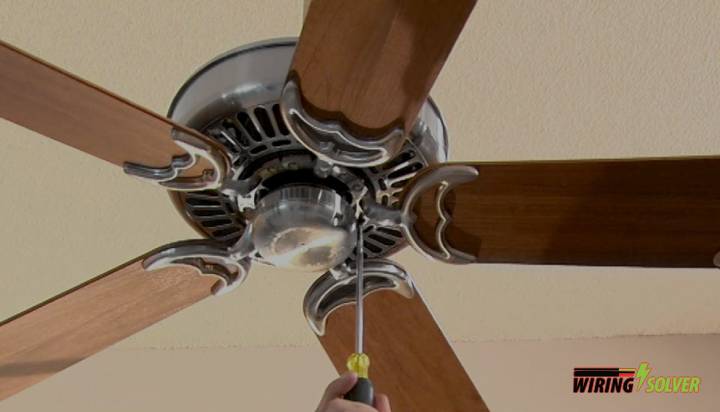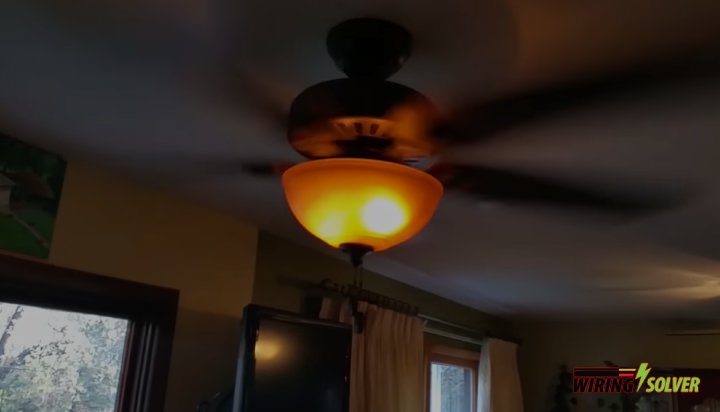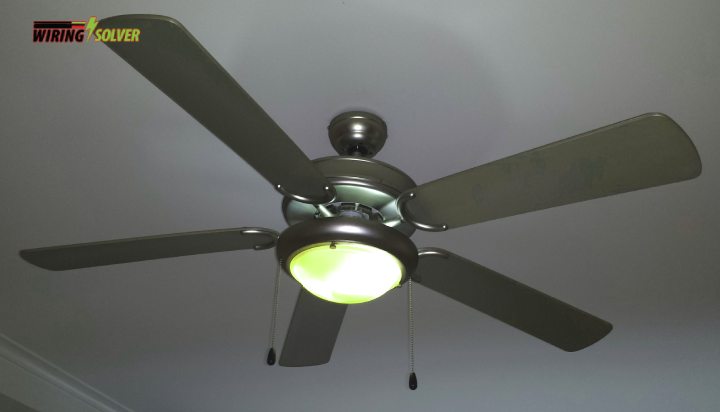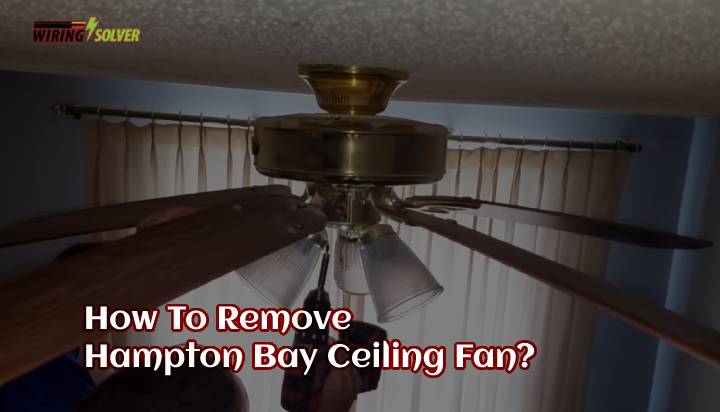The ceiling fan is easily one of the most used electrical appliances in a household. But a question that many people ask is, how long can a ceiling fan actually run without stopping?
A ceiling fan can typically run continuously for several hours without needing a break. However, this can vary from brand to brand and model to model. As the quality of the fan matters a lot. However, it is best to let a ceiling fan rest after a running period of 8 hours.
As there is no solid given limit for the runtime of a ceiling fan, this article will mostly educate you on the various factors.

How Long Can a Ceiling Fan Run Continuously?
A ceiling fan can run continuously until it gets damaged or become faulty. This strength depends on the quality of the parts it is made up with.
Many fans can last for days of continuous running; some may fail to run for more than 10 hours. On average, a fan should be given a bit of a rest to cool down after every 8 hours or so.
So, a ceiling fan can run continuously for several hours which may vary from fan to fan due to its quality.
But the fact is that a ceiling fan is a machine made of electrical components. It draws in lots of currents and produces heat. Just as you need rest after a long work, a ceiling fan also deserves some rest like that.
What Are the Basic Parts of a Ceiling Fan?
A ceiling fan has different parts like blades, motors, bearings, etc. that work in a combined manner. The parts can be divided into the following ones according to their working principle:
- Electromagnetic Device: The motor is mainly an electromagnetic device. It has windings built inside the body. The windings consume current to energize the secondary winding. So, there is always a heating tendency among them while working.
- Electronic Device: The capacitor used in the fan is an electronic device that helps the fan to start rotating properly. The capacitor also heats up when working. Though it has a specific amount of temperature handling strength it has a limited lifetime too.
- Mechanical Device: The bearings are mechanical devices. They mitigate the physical stress and friction while the fan is working. Though they have lubricants that help to lessen the friction but still running the fan for too long creates heat.
Understanding these basic parts of a fan is very important in understanding the overall topic here. Keep these parts in mind to comprehend the following sections.
What Determines the Longevity of a Fan?
Although every part is necessary for the fan to function properly, some parts play a greater role than others. These parts are briefed below.
Let’s start with the motor. If it is built with strong windings that can take the heat of the high amount of current passing through it, definitely it will last longer. To do that, you have to use strong copper wires for it.
Then comes the capacitor. The capacitor has various qualities. Some can withstand high temperatures for many hours.
Some will get fully damaged while working for a long time due to the temperature rise. Thus, a good quality capacitor increases the continuous running time of a fan.
The bearing parts are important because they take physical stress. A long-time running fan puts a lot of physical stress on the mechanical parts due to the frictions and strains.
So, properly lubricated and strong metal-built bearings have a long-time running strength.
How Important is it to Properly Wire the Ceiling Fan?
The fan draws in a good amount of current. So, using suitable cables is important. If you are going to use the ceiling fan continuously for long periods, then the capacity of the wires will determine quite a lot of things.
First of all, high currents wear down the wires. So, using thick enough wires is important for electrical devices. Wire gauge for the ceiling fan is key in this scenario.
Secondly, failure to use the proper wire can result in fire or melting of the wires. Which will hamper the operation of your ceiling fan.
In many ceiling fans, you will find more wires than usual. You may wonder where the blue wire goes in the ceiling fan. Wiring them properly with correct gauge wires will help an error-free operation time for the fan.
Frequently Asked Questions (FAQs)
1. Can Ceiling Fans Catch Fire Due to Continuous Running?
It is very rare for a ceiling fan to catch on fire unless there is a short circuit. For continuous running, it will not catch fire but it may get severely damaged.
2. Does The Capacitor Get Damaged Due to Long-Time Running?
The capacitor has a life span that is mainly marked in hours of working period. So, it does not always get damaged due to long time running. But yes, the heating issues can cause the capacitor to fail earlier than the life span.
3. Is It Safe To Leave Fans On All The Time?
Actually, it is not safe for the fan to be on all the time. Because doing so will harm the condition of the fan, you will not be unsafe most probably unless the fan gets caught in a fire due to overheating.
People often get nervous and think- are ceiling fans dangerous? Just using your device responsibly can eliminate such fears.
4. How Many Hours Can a Fan Run Continuously?
This depends on the facts that I described just now. If a fan is built with super-class materials and devices, surely it can run continuously for days.
But an average-built fan may not be able to run continuously for so long. But if you want to know a recommended time then it will be 8 to 10 hours before going on a break for a while.
Summary
This article should quench all of your queries regarding how long can a ceiling fan actually run without stopping. Regardless of brand or model, it is highly discouraged to keep a ceiling fan running all day without a break.
Make sure to give your ceiling fan the break it deserves, as well as proper cleaning and servicing it periodically in order to keep the ceiling fan functional for a long time.






